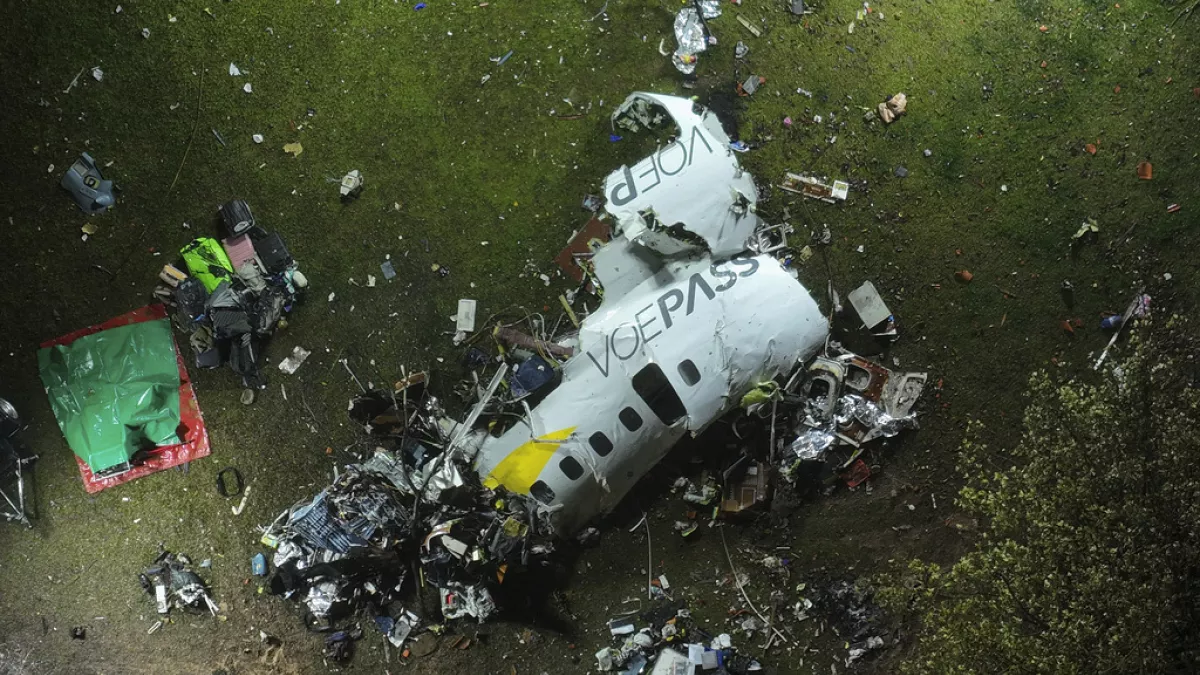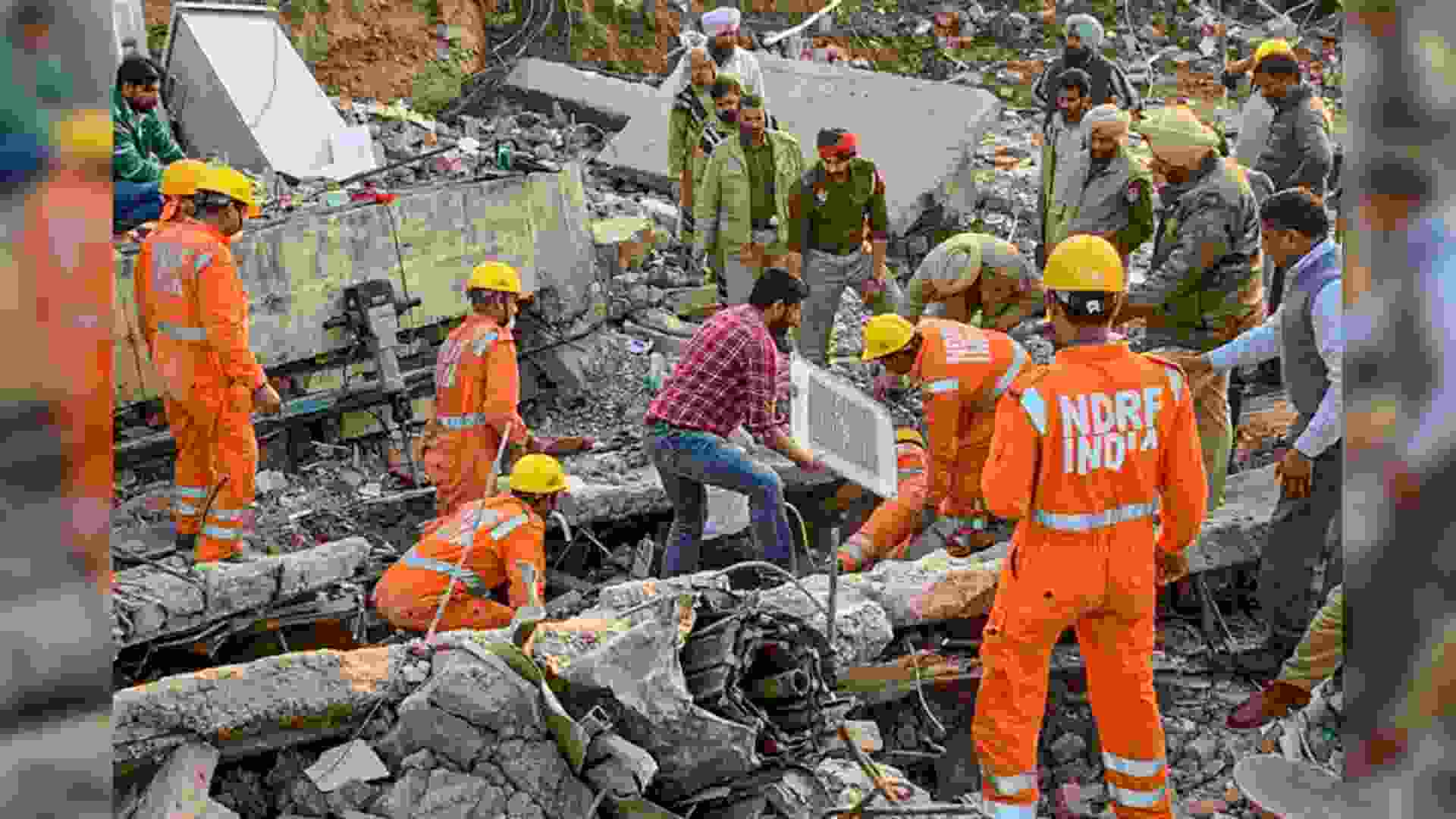Mary Schiavo, a former Inspector General for the U.S. Department of Transportation and aviation attorney, described the catastrophic crash of Voepass Linhas Aéreas Flight 2283, which crashed near Sao Paolo, Brazil, killing all 62 people on board. Schiavo analyzed mobile phone footage of the crash, revealing that the plane had experienced a total aerodynamic stall before the video was captured, indicating that recovery was impossible by that point.
“The video provided a tremendous number of clues,” Schiavo said in an interview. “It was clear that they had a total aerodynamic stall and by the time that video was captured there was no way to save that plane.”
Flight tracking data showed that the ATR 72-500, a French-made twin-engine turboprop, plummeted 17,000 feet in just one minute, though the reasons for this rapid descent remain unclear. Schiavo noted that video and audio evidence suggested the engines were still running at the time, ruling out engine failure as a cause. “That was useful to know that the engines were still running, they hadn’t had an engine failure,” she said.
Schiavo highlighted that there was no communication with air traffic control, no Mayday call, and no request for airway clearance, indicating that the crew had no time to communicate their emergency. “There was no air traffic control communication, there was no Mayday, there was no advice to the tower that they needed the airway cleared for them, nothing; they had no time to communicate,” she added.
Some experts in Brazil have suggested that icing might have been a factor, recalling previous accidents involving the ATR 72, such as the American Eagle Flight 4184 crash in 1994, which was caused by severe icing conditions. At the time of the Brazilian crash, there was a weather alert for a high risk of freezing along the plane’s flight path.
Transport Canada certified the ATR 72-500 for service in Canada in 2017. ATR had promoted the aircraft’s capability to handle extreme cold and icy conditions. Schiavo expressed concerns about the aircraft’s performance in icing conditions, stating, “Fear is a very important emotion and feeling and frankly, on an ATR in icing, after seeing that accident, I frankly wouldn’t want to get in one either in icing.” She further commented, “I can tell you after the 1995 report in the United States of America, where there was the terrible icing accident with the ATR, I wouldn’t fly ’em.”







